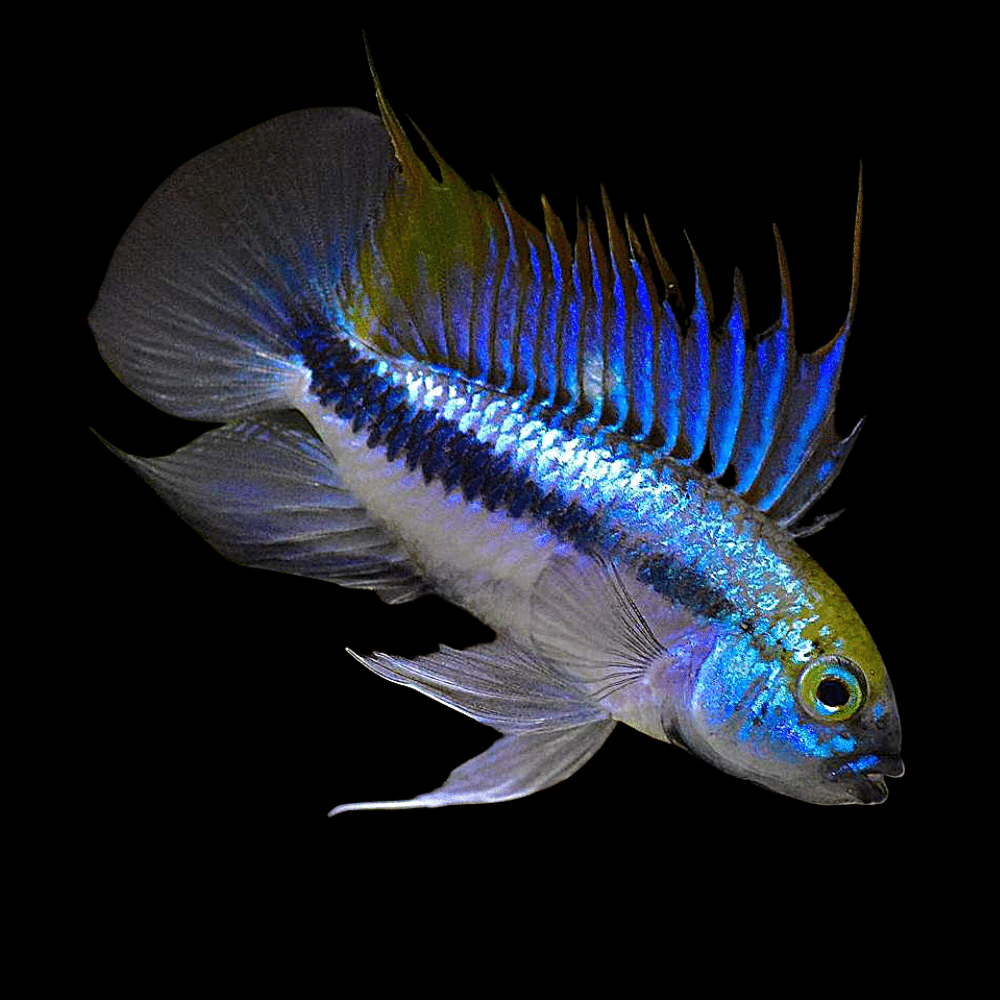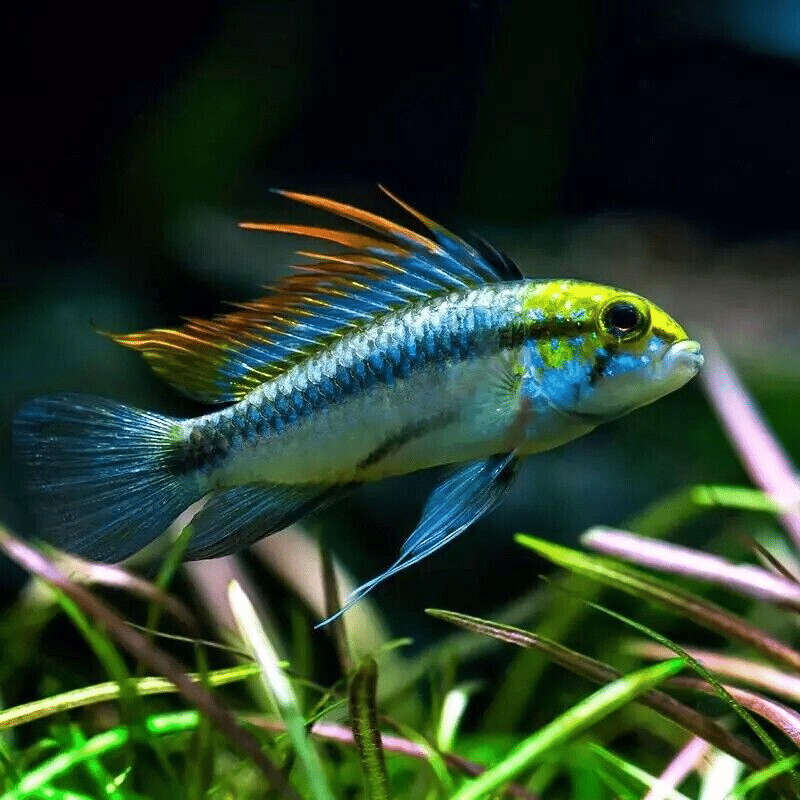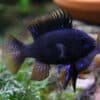-
×

-
×
 Purple Vampire Crab - Geosesarma Dennerle - Decapod Crustacean
1 × £7.74
Purple Vampire Crab - Geosesarma Dennerle - Decapod Crustacean
1 × £7.74 -
×

-
×

-
×
 Assorted Colour Vampire Crab Geosesarma Sp 2-3Cm
1 × £8.71
Assorted Colour Vampire Crab Geosesarma Sp 2-3Cm
1 × £8.71 -
×
 Golden Eyes Vampire Crab - Geosesarma Sp. - Decapod Crustacean
1 × £8.71
Golden Eyes Vampire Crab - Geosesarma Sp. - Decapod Crustacean
1 × £8.71 -
×

-
×

Subtotal: £125.79















Emily Carter (verified owner) –
I recently introduced the Apistogramma Trifasciata to my 20-gallon community tank, and I couldn’t be happier! These little dwarf cichlids are vibrant and full of personality. After about two months, I noticed how their colors truly pop under the right lighting—so colorful and lively! They tend to explore their surroundings, which adds so much activity to my aquarium. I love that they are relatively peaceful but still display their unique behaviors, like their charming courtship dances. Compared to other dwarf cichlids I’ve kept, these are definitely among the most captivating!
However, I recommend keeping them in a well-planted tank with hiding spots, as they can be a bit shy initially. After observing their interactions, I’ve found they do best in pairs or small groups. If you’re a caring fish parent looking to add a splash of color and charm to your aquarium, I highly recommend the Three-Striped Apisto. Shipping was quick, and they arrived healthy and ready to thrive! Just ensure you have the right conditions for them to flourish. Overall, an excellent choice for any aquarium enthusiast!
Emily Carter (verified owner) –
I recently welcomed a pair of Apistogramma Trifasciata into my 30-gallon community tank, and they have completely transformed the atmosphere! After just two weeks, I can confidently say these little beauties are perfect for both beginners and seasoned hobbyists. Their vibrant colors and unique personality bring so much life to my setup. I love watching them interact; they are quite playful and not shy at all. Compared to other cichlids I’ve kept, these dwarfs are much more peaceful and adaptable to community environments.
One thing to keep in mind is that they do appreciate hiding spots, so I recommend adding some driftwood and dense plants for their comfort. I’ve noticed they thrive in a well-planted tank. Their health seems robust, and as someone who prioritizes fish welfare, this is a huge plus. Shipping was fast, and they arrived in excellent condition, which is always a relief when ordering aquarium fish online. If you’re looking to enhance your aquarium with colorful, friendly fish, the Apistogramma Trifasciata is an excellent choice. I can’t wait to see how they develop as they continue to grow. Would definitely buy again!